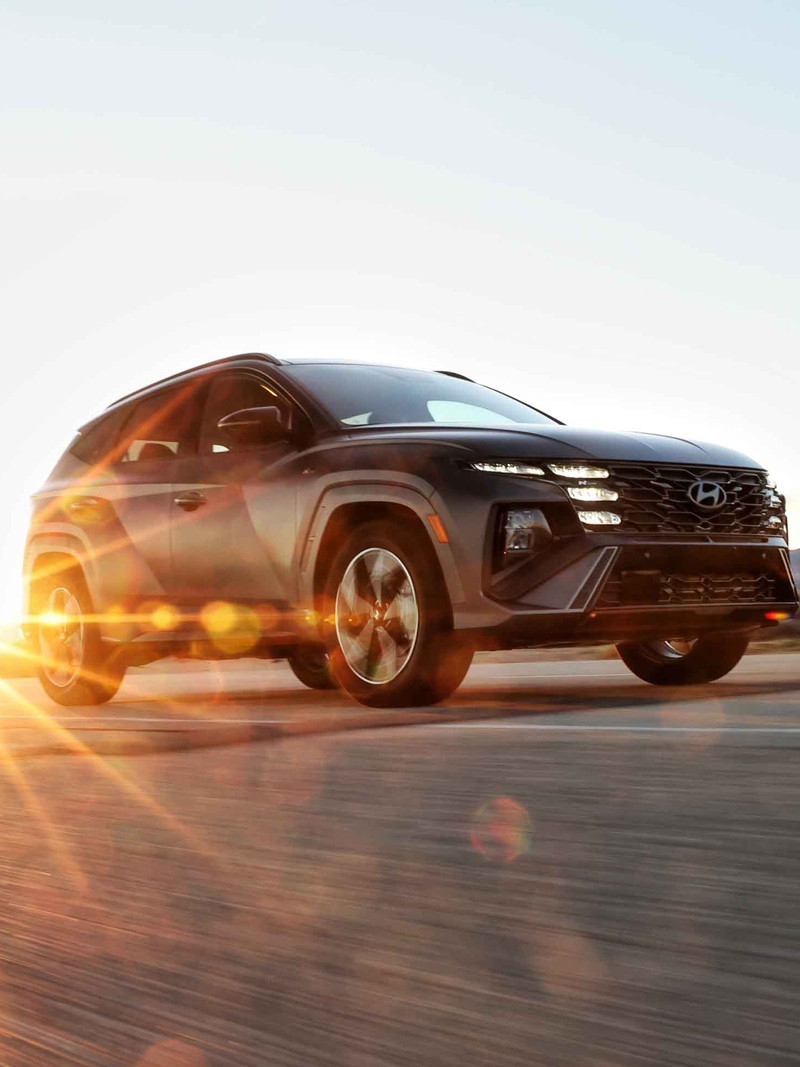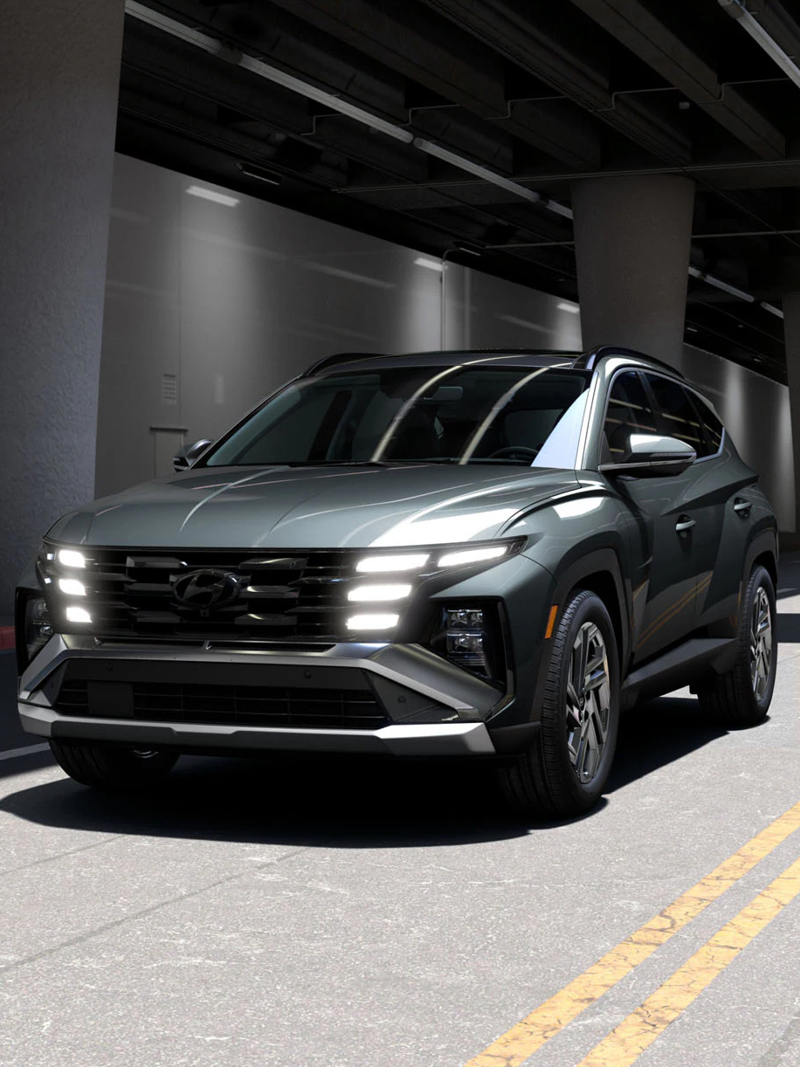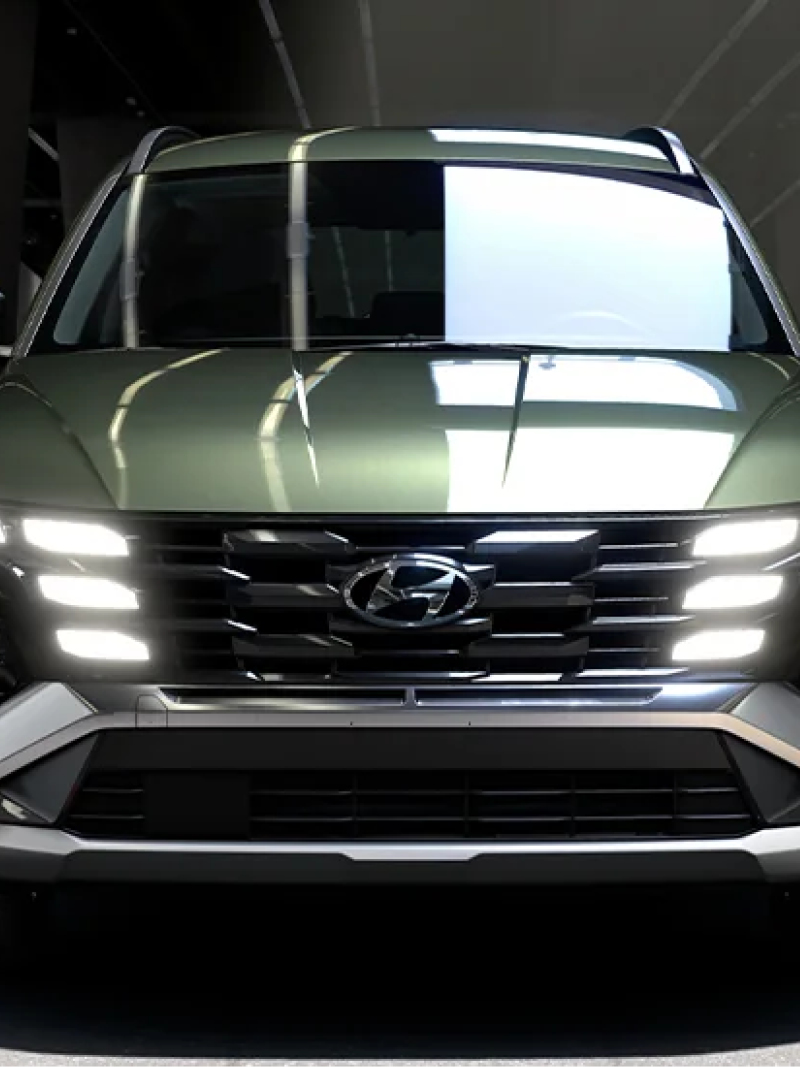Hyundai Tucson vs Kia Sportage

2025 Hyundai Tucson vs. 2025 Kia Sportage
Two Stylish Crossovers Walk into a Snowstorm…
Let’s be honest — picking between the Hyundai Tucson and the Kia Sportage feels a bit like choosing between two cousins at the family reunion. They’re built on the same platform, have similar bones, and come from the same parent company. But when you take a closer look — especially through a Central New York lens — the differences start to matter.
We’re comparing the 2025 Hyundai Tucson and the 2025 Kia Sportage from a local driver’s perspective: how they handle real winters, real families, and real parking lots — not some test track in the desert.
Everyday Driveability: Roads, Ramps, and Route 49
2025 Hyundai Tucson
Tuned for comfort and ease, the Tucson offers a smooth ride with responsive steering that feels balanced, especially at lower speeds around town. On longer stretches — like heading out to Syracuse or down to Binghamton — it stays composed and quiet. AWD is available and does a solid job gripping through slush, sleet, and that early-April “surprise snow” no one asked for.
2025 Kia Sportage
Also offers a pleasant, capable drive, but the steering leans a little lighter and less connected. The ride can feel slightly firmer over rough pavement, which Upstate roads have in abundance. AWD is also available here, though it lacks a specific snow or terrain mode in lower trims.
Yorkville Reality Check:
The Tucson feels more planted and confident on unpredictable local roads — whether you're pulling onto the arterial or dodging potholes on Genesee Street.


Interior Experience: Daily Comforts and Weekend Chaos
Tucson
Clean, minimal layout with an upscale feel — especially in SEL and Limited trims. Available 10.25-inch screens, soft-touch materials, and practical storage areas make the Tucson feel like it was designed by someone who’s spilled coffee at a red light before. Rear-seat passengers (kids or coworkers) get decent legroom and their own air vents — a small thing that makes a big difference in January.
Sportage
Flashier interior design with more dramatic shapes and angles. While stylish, some controls are less intuitive (touch-sensitive buttons, for instance). The seats are comfortable, but the cabin can feel a little more cramped when fully loaded with people and bags. Rear vents are available, but not standard across all trims.
Local Verdict:
The Tucson wins for everyday livability. It doesn’t just look good — it feels thoughtfully laid out for folks juggling work, errands, and snow boots.
Cargo Space and Configurability
Tucson
With rear seats up, there’s plenty of space for groceries, sports gear, or a quick antique haul from Clinton. Drop the seats, and it opens up enough to transport furniture — or at least the pieces you swore would fit before you left the store.
Bonus: the power liftgate (available on most trims) works even when your hands are full of Hannaford bags.
Sportage
Actually offers slightly more cargo volume on paper, but the space is shaped differently. The high floor and swoopier roofline can limit what fits without playing SUV Tetris. The tailgate’s height may be a factor if you’re on the taller side — or if your garage ceiling is a little too low.
Mohawk Valley Takeaway:
While the Sportage wins by the numbers, the Tucson makes better use of space. For real-world hauling, it’s more cooperative.


Technology and Usability
Tucson
Wireless Apple CarPlay and Android Auto now available across most trims (finally). The system is straightforward and easy to use — no mysterious menus or weird workarounds. Available navigation, premium audio, and remote start from your phone make cold mornings just a little less painful.
Sportage
Similar tech offerings, but Kia’s interface can be more cluttered. The dual-function touch panel (for climate and media) is cool-looking but a little fussy in practice. You may find yourself tapping the wrong icon while driving over a pothole near Marcy.
CNY Translation:
If you prefer simplicity that works, the Tucson edges out the Sportage — especially when gloves are involved.
Warranty, Reliability, and Value
Both Hyundai and Kia offer the same industry-leading warranty: 10 years/100,000 miles on the powertrain, 5 years/60,000 miles bumper-to-bumper. That’s peace of mind for the long haul, especially if you rack up miles between snow days and soccer games.
That said, the Tucson typically carries more standard features at similar price points, especially in mid-trim models. Add in Hyundai’s customer service and local dealer support from places like Mastrovito Hyundai, and the overall ownership experience leans more convenient.
Final Scorecard
| Category | 2025 Hyundai Tucson | 2025 Kia Sportage |
|---|---|---|
| Ride Comfort | Smooth, well-balanced | Firm, sporty edge |
| Winter Confidence | Snow Mode + AWD | AWD only |
| Interior Layout | Clean and ergonomic | Flashy, less intuitive |
| Cargo Usefulness | Practical shape | Slightly larger, less usable |
| Tech Usability | Simple, glove-friendly | Stylish, occasionally fussy |
| Value Per Trim | Higher standard content | Extras often add up |
The Bottom Line from Yorkville
The 2025 Hyundai Tucson and 2025 Kia Sportage are close cousins — but when it comes to life here in Central New York, the Tucson just feels more prepared. It’s easier to live with, better suited to snowy commutes and real-life cargo, and wrapped in a package that doesn’t try too hard to impress — it just works.
Come see the 2025 Tucson for yourself at Mastrovito Hyundai — and feel how it fits into your daily routine, not just your driveway.

